Redmi Note 14: What’s New and What’s Not?
Top four Xiaomi Redmi Note series. Whenever a new phone is released, most people want to know one thing—how it compares to its predecessor. Is it a big leap forward or just a slight upgrade? The Redmi Note 14 comes with plenty of changes, but you may not love all of them. Let’s dive into the details.
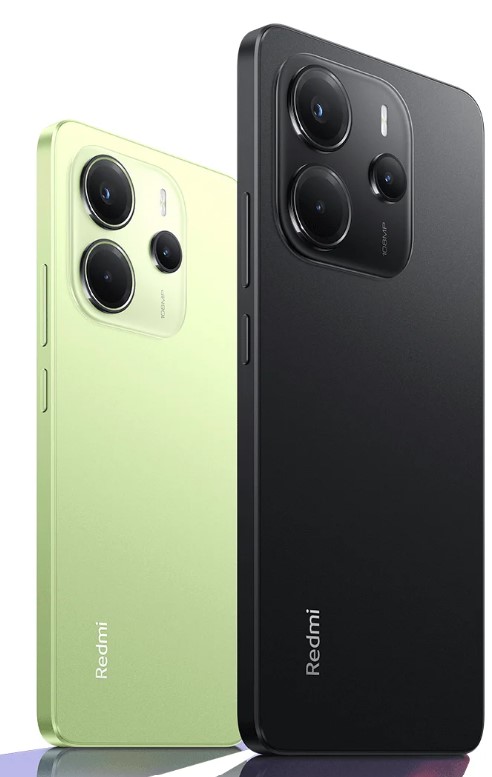
Design: A Familiar Look with Some Tweaks
The Note 14’s design is reminiscent of the Note 12, with two larger camera modules on the back. While it doesn’t look bad, it feels a bit generic compared to the Note 13, which had a more refined design. One positive is the matte-textured back, which minimizes fingerprint smudges—a welcome upgrade from the Note 13’s glossy finish.
The phone is available in four colors, with the green and purple options standing out the most. It retains flat sides, aiding grip, and can stand on its own—a quirky but inconsequential feature. Like the Note 13, the frame and back are made of plastic, and it has an IP54 rating for dust and splash resistance.
Display: Bigger Bezels but Tougher Glass
One of the more questionable changes is the bigger bezels. After reducing them on the Note 13, it’s odd that Redmi made them larger on this model. That said, the 6.6-inch 120Hz AMOLED display is still excellent, with 1080p resolution and a peak brightness of 1,800 nits.
A significant upgrade is the tougher Corning Gorilla Glass 5, compared to the Note 13’s Gorilla Glass 3. This should offer better protection against drops and scratches.
Performance: A Processor Upgrade
Redmi finally moved on from the Snapdragon 685 and equipped the Note 14 with the MediaTek Helio G99 chipset. This is a welcome change, as the G99 offers better performance, especially for gaming, where higher frame rates can make a noticeable difference.
The base model starts at 6GB of RAM, with an 8GB variant available for those willing to spend a bit more. The hybrid SIM tray remains, so you’ll need to choose between dual SIMs or a SIM and an SD card. If you need lots of storage, consider the 256GB variant to avoid relying on expandable storage.
Cameras: Gains and Losses
There’s a mix of good and bad news in the camera department. The selfie camera gets a bump from 16MP to 20MP, which is great for those who prioritize front-facing shots. However, the ultra-wide camera has been removed and replaced with a less useful 2MP depth sensor. The main 50MP camera remains, delivering vibrant colors, good detail, and decent dynamic range.
For video, both the front and rear cameras max out at 1080p, with the main rear camera capable of 60fps. While stabilization is limited to Pro and time-lapse modes, the regular video mode still feels steady.
Software and Features
The Note 14 runs Xiaomi’s HyperOS 1.0.3 based on Android 14. New AI features include Object Eraser and Sky Replacement, both handy tools for photo editing. Another notable addition is Gemini, which replaces Google Assistant.
As for updates, expect about two years of major Android upgrades, which are standard for devices in this price range.
Battery and Charging
Battery life gets a boost with a 5,500mAh capacity, up from the Note 13’s 5,000mAh. This translates to excellent endurance, with screen-on times easily hitting 7-9 hours depending on usage. Charging remains at 33W, taking about 90 minutes to go from 0 to 100%. While faster charging would have been nice, at least Redmi includes a charger in the box.
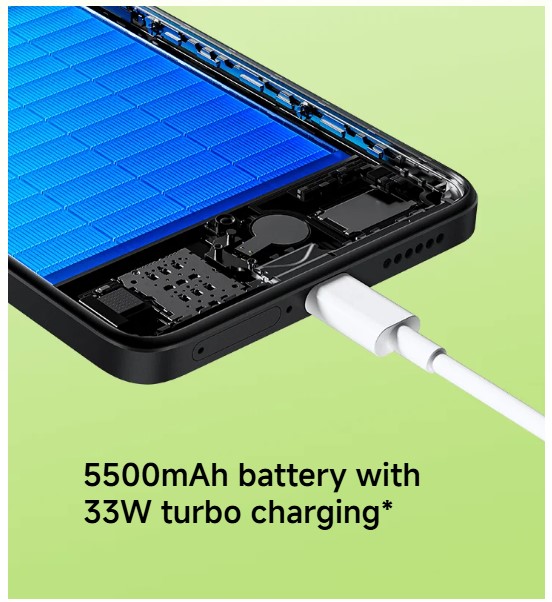
Final Thoughts: Is It Worth It?
The Redmi Note 14 is a mix of good and not-so-good changes. The removal of the ultra-wide camera, bigger bezels, and polarizing design might disappoint some users. On the flip side, the tougher display, better processor, upgraded selfie camera, and larger battery are all solid improvements.
Starting at $200 (or around 300,000 NGN), the Note 14 offers decent value for its price. While it’s not perfect, the positives outweigh the negatives, making it a worthy contender in the budget smartphone market.
Stay tuned for comparisons with the Galaxy A16 and other $200 phones. In the meantime, let me know your thoughts on the Note 14! Is it a hit or a miss?
Redmi Note 13 – Surprises, Upgrades, and What Could Be Better: Top four Xiaomi Redmi Note series
I’ve been using the Redmi Note 13 for a little over a week now, and I must say, this phone packs some pleasant surprises—and one that’s not so great. Let me break it all down for you.
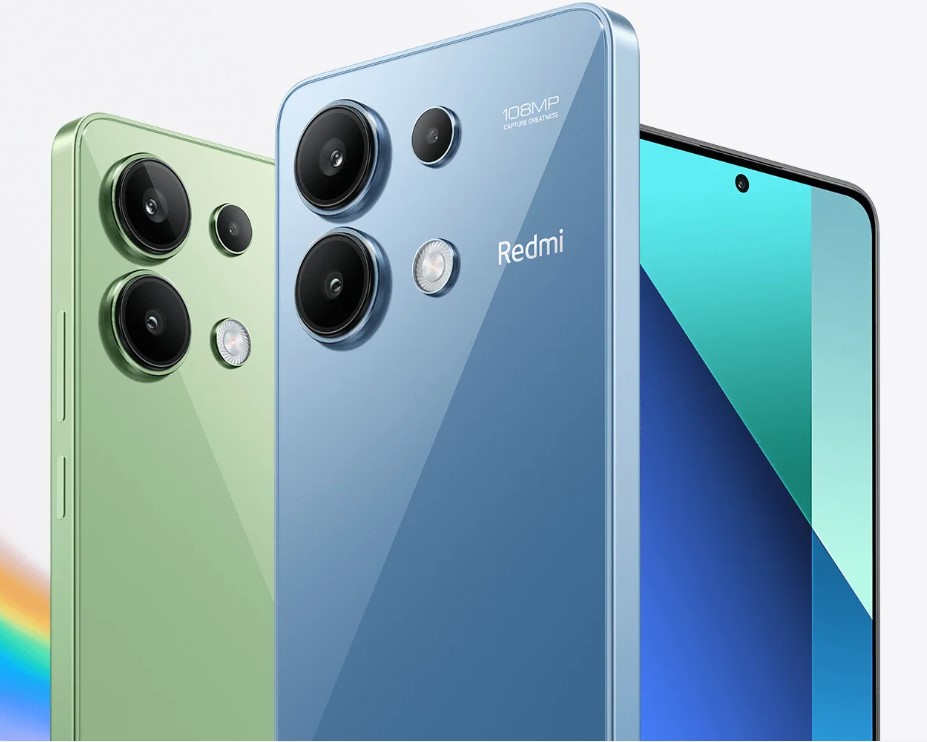
The Redmi Note 13 has a fresh look compared to its predecessor, the Note 12. Unlike the usual iPhone-style triple-camera design seen on most budget phones, this design feels unique. It’s refreshing to see Redmi experimenting here, especially in the green variant I tested.
Although the back looks like glass, it’s glossy plastic, which might not be everyone’s favorite. On the bright side, the matte sides add some balance. The phone is also slightly thicker and heavier, which feels fine in the hand.
One standout design feature? Redmi moved the fingerprint sensor under the display! While this optical sensor looks futuristic and works well most of the time, it’s not as fast or accurate as side-mounted options. Plus, there’s the chance that certain screen protectors might interfere with its performance.
The stereo speaker setup is a welcome addition, delivering good sound quality. On top of the phone, you’ll find a headphone jack, an IR Blaster, and a microphone. The SIM tray is now at the bottom, but note that it’s a hybrid setup: you can either have two SIM cards or one SIM and one SD card. If you’re a dual-SIM user, you may want to opt for a higher storage variant.
The device also has an IP54 rating, offering slightly better water and dust resistance than its predecessor’s IP53 rating.
Redmi trimmed down the bezels on the Note 13, especially the chin, resulting in a screen-to-body ratio of 87.5%—a minor but noticeable improvement.
The display itself is mostly unchanged from the Note 12: a 120Hz AMOLED panel with 1080p resolution. However, it now boasts a peak brightness of 1,800 nits, making outdoor visibility effortless. Overall, the display remains a strong point for this phone.
Redmi upped the main camera from 50MP to 108MP, which sounds impressive. However, the jump in quality isn’t as massive as the numbers suggest. Photos are decent, but to truly use the 108MP mode, you need to enable it manually—and be steady while taking the shot for best results.
The triple-camera setup includes:
- 8MP ultra-wide: Useful but softer and less detailed than the main lens.
- 2MP macro: Barely usable.
The 16MP selfie camera is an upgrade, but I found the results underwhelming. By default, it applies beauty filters, so you may want to turn those off for more natural photos.
In terms of video, the Snapdragon 685 limits recording to 1080p—no 4K here. The videos are decent, especially in good lighting, but nothing groundbreaking.
Here’s the not-so-good surprise: Redmi is stuck with the Snapdragon 685 processor, the same as the Note 12. While the chipset handles daily tasks and medium gaming just fine, using the same processor two years in a row feels lazy—especially when the China variant (Note 13 5G) features the Dimensity 6080.

If you’re getting the Note 13, I recommend going for the 6GB or 8GB RAM variant for smoother multitasking and better overall performance.
The 5,000mAh battery offers solid all-day performance with moderate use. Heavy users, like gamers, may need to recharge before the day ends. Charging speeds remain the same at 33W, and Redmi still includes a charge in the box, which is a win. Fully charging the phone takes about 1 hour and 10 minutes.
The Note 13 ships with Android 13 and MIUI 14. While Android 14 is already out, Redmi promises an update soon, along with their new Hyper OS. Until then, it feels a bit outdated on the software front.
The Redmi Note 13 is undoubtedly an upgrade over the Note 12, with:
- Better design
- Brighter display
- Improved cameras
However, it retains the same processor and battery experience, making it less enticing for current Note 12 users to upgrade.
For newcomers in the budget market, though, this phone is a strong contender and offers solid value for its price. If you’re on the fence, wait for comparisons with competing models to make an informed decision.
So, what do you think of the Redmi Note 13? Let me know in the comments!
Here’s a polished version of the content you shared, tailored for an engaging review article:
The New Budget King? A Deep Dive into the Redmi Note 12
A few weeks ago, I called the Spark 10 Pro the “Budget King.” But now, I think we might have a new contender for that crown. Enter the Note 12—a phone packed with features that seem almost too good to be true at its price point.
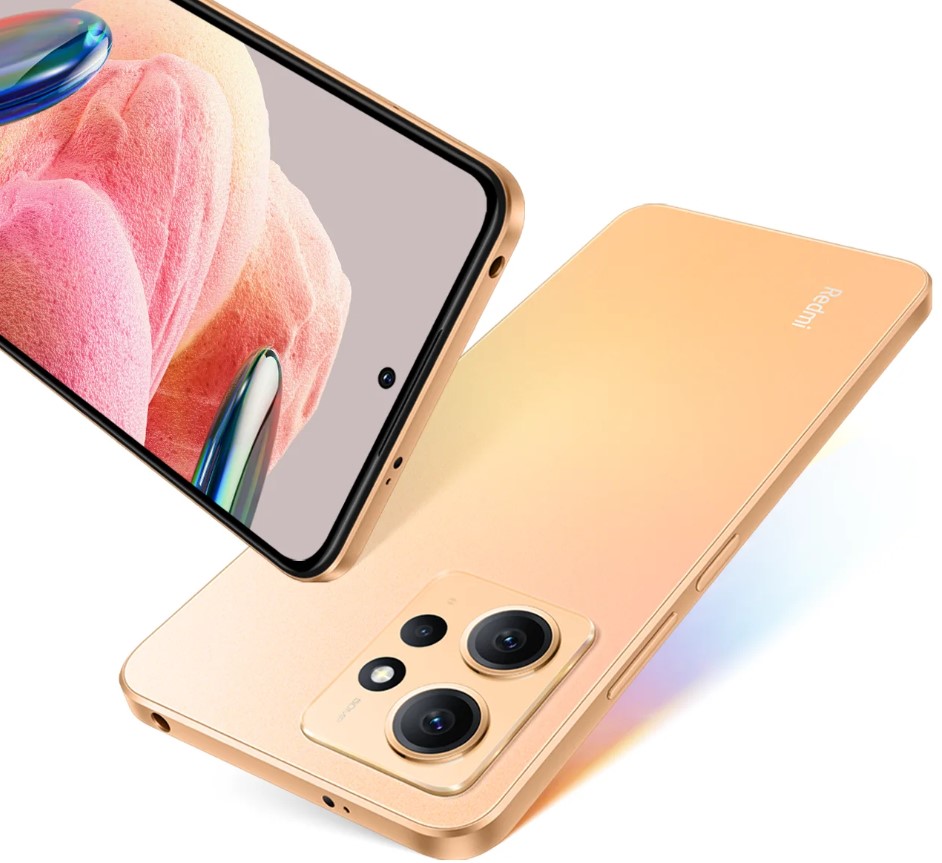
Quick Highlights:
- AMOLED Display
- 120Hz Refresh Rate
- Snapdragon 685 Processor
- 33W Fast Charging
- All for just ₦117,000
Sounds amazing, right? But where’s the catch?
First Impressions: Design
The first thing you’ll notice when picking up this phone is how thin it is—something that’s becoming rare with today’s chunky smartphones. Its lightweight and sleek design makes it comfortable to hold, but let’s talk aesthetics.
The camera module? Honestly, not my favorite. It looks generic, to the point where my mom mistook it for an Infinix or Tecno. The design doesn’t scream “unique,” but it gets the job done. The color options, like “Ice Blue,” are refreshing, and the matte finish adds a nice touch, especially compared to glossy, fingerprint-magnet finishes.
The phone is built solidly, with no creaks or flexing. Xiaomi has also included a case in the box, which is a nice bonus to prevent scratches.
Display: Best in Class
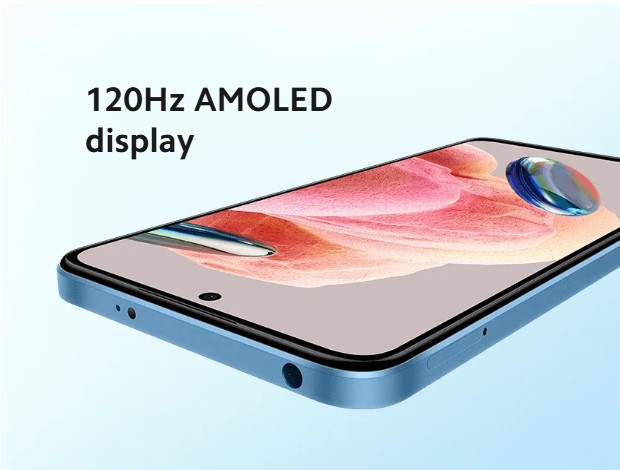
Here’s where this phone shines. A 1080p+ AMOLED display with vibrant colors and deep blacks. It’s sharp, and detailed, and offers a viewing experience that punches well above its price.
And then there’s the 120Hz refresh rate. It’s smooth—noticeably so in the app drawer. While apps like YouTube might not showcase the difference, for a phone at this price point, 120Hz is a luxury. The display is also bright enough for outdoor use and features an always-on display, adding both style and functionality.
Performance & Software
Running Android 13 with MIUI 14.0.5, the Note 12 offers customization galore—from home screen layouts to always-on display styles. However, there’s no Material You design integration, which feels like a missed opportunity.
The Snapdragon 685 processor ensures solid performance for most tasks. While I experienced minor stutters and flickering when switching apps, the device handles light to moderate usage well. Gaming is decent, with medium settings delivering smooth gameplay.
That said, MIUI comes with its quirks. The base version I tested lacked features like dual apps and Second Space, which are available on the 6GB RAM model. There’s also bloatware out of the box, but thankfully, most of it is uninstallable.
Cameras: Decent for the Price
The phone houses:
- 50MP Main Camera
- 8MP Ultrawide
- 2MP Macro
- 13MP Front Camera
The main camera delivers decent shots under good lighting, while the ultra-wide and macro lenses are functional but not groundbreaking. The selfie camera tends to over-smoothen images by default, but disabling the beauty filter yields more natural results.
For videos, it maxes out at 1080p with no OIS, relying instead on software stabilization. The quality is fine for casual use but nothing extraordinary.
Battery Life & Charging
With a 5,000mAh battery and 33W fast charging, the Note 12 excels in battery life. After 100 minutes of movie-watching, the battery dropped by just 7%. Charging is quick, going from 0 to 100% in about 70 minutes. For most users, the phone easily lasts a full day of heavy use.
Final Thoughts: Is It Worth It?
The Note 12 is a stellar budget phone with a few caveats. Its display, battery, and value for money are unparalleled at this price. While the software needs a bit of polishing, future updates could fix the occasional hiccups.
Should you upgrade from the Note 11? Not necessarily. But if you’re in the market for a new phone under ₦120,000, the Note 12 is an excellent choice.
Stay tuned for comparisons with competitors like the Samsung A14 and Spark 10 Pro. Until next time, happy tech shopping!
What do you think?
Redmi Note 11: A Budget Champion or Just Another Contender?
The Redmi Note 11 Series has officially landed in the UK, offering two flavors: the Redmi Note 11 Pro for those who want all the bells and whistles, and the more affordable Redmi Note 11, which we’re unboxing today.
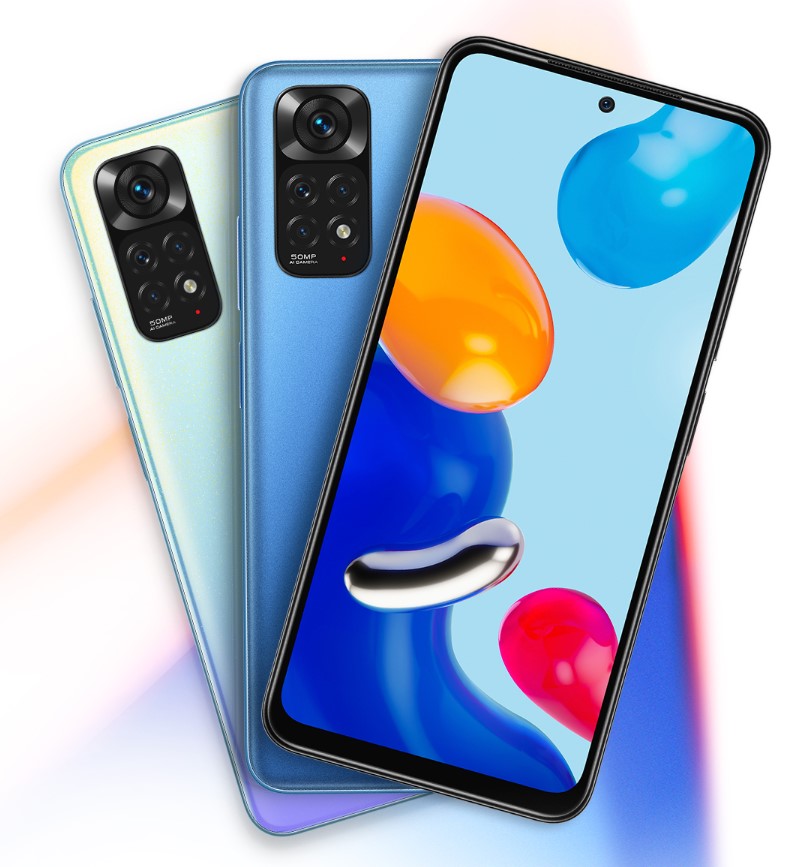
This budget-friendly smartphone comes packed with impressive specs for its price. Powered by the Snapdragon 680 chipset, it features MIUI 13 on top of Android 11, a 6.43-inch AMOLED display, a 5000mAh battery, and a 50MP primary camera. Though UK pricing hasn’t been confirmed, it’s expected to fall under £200—a steal for what it offers.
So, are the specs enough, or does the Redmi Note 11 deliver a genuinely great user experience? Let’s dive in, unbox it, and take a closer look at the hardware, software, and everything in between.
Here’s what Xiaomi provides:
- Redmi Note 11 smartphone
- 33W charger
- USB Type-C cable
- A clear protective case (perfect for keeping your device safe from daily bumps).
- Bonus: a screen protector (not pre-applied but included).
First impressions? The Redmi Note 11 is lightweight at 179g, slim at 8.1mm, and feels great in hand, thanks to its flat edges and curved corners. However, it sports a familiar polycarbonate back—common in budget smartphones.
The phone comes in three colors:
- Graphite Gray
- Twilight Blue
- Star Blue
Sadly, the gray version is the least exciting in this lineup, but its minimal branding is a nice touch. Bonus points for the IP53 splash resistance, which is handy for the UK’s famously wet weather.
One of the standout features is its 6.43-inch AMOLED display with Full HD+ resolution (2400×1080). It offers:
- Punchy colors and excellent contrast.
- 90Hz refresh rate (not dynamic, but a step up from the standard 60Hz).
- Great outdoor visibility, even under direct sunlight.
For media lovers, the AMOLED panel and stereo speakers make this an excellent budget option for streaming, gaming, or scrolling.
The Redmi Note 11 runs Xiaomi’s MIUI 13 (based on Android 11). MIUI has come a long way, now offering a more stock Android-like experience with features like:
- Google Discover Feed
- An app drawer
- Customizable control center
MIUI still packs some unique extras, like Game Turbo for better gaming performance and tools for multitasking. However, Xiaomi could improve its bloatware situation, as the phone ships with unnecessary pre-installed apps like TikTok and LinkedIn. Thankfully, most of these can be uninstalled.
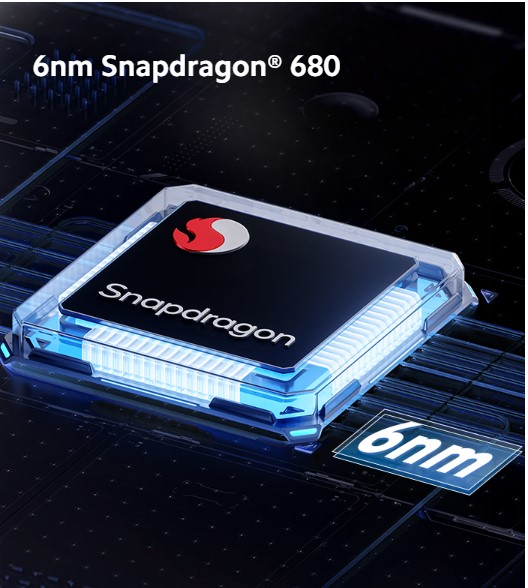
Under the hood, the Redmi Note 11 is powered by a Snapdragon 680 chipset, paired with either 4GB or 6GB of RAM. While it won’t blow you away with blazing speeds, it’s more than capable of handling everyday tasks and some casual gaming.
In Call of Duty: Mobile, for instance, it maintained smooth frame rates with decent graphics settings. The Game Turbo mode is also much more user-friendly than in previous versions, allowing for a better overall experience.
With a 5000mAh battery, this phone easily lasts a full day of heavy use. And when it’s time to charge, the 33W fast charging gets you back up and running quickly. No wireless charging here, but that’s expected at this price point.
The quad-camera setup includes:
- 50MP main sensor
- 8MP ultra-wide lens
- 2MP macro lens
- 2MP depth sensor
The primary camera delivers solid daytime photos with respectable detail and natural colors. However, it struggles in low light, and the Night Mode doesn’t do much to improve things. The 13MP selfie camera is decent for social media-ready snaps but doesn’t excel in HDR situations.
Video capabilities are limited to 1080p at 30/60fps, with no 4K support. Stabilization is basic, so keep your movements steady.
The Redmi Note 11 offers excellent value for its price. Highlights include its gorgeous AMOLED display, stereo speakers, long battery life, and decent performance for everyday use. While the camera and software updates leave room for improvement, it’s still a solid choice for budget-conscious buyers.
Let me know what you think about the Redmi Note 11 in the comments below! Don’t forget to subscribe and ring the notification bell for my upcoming Redmi Note 11 Pro review. Cheers!
Does this work for you? Let me know if you’d like any tweaks!


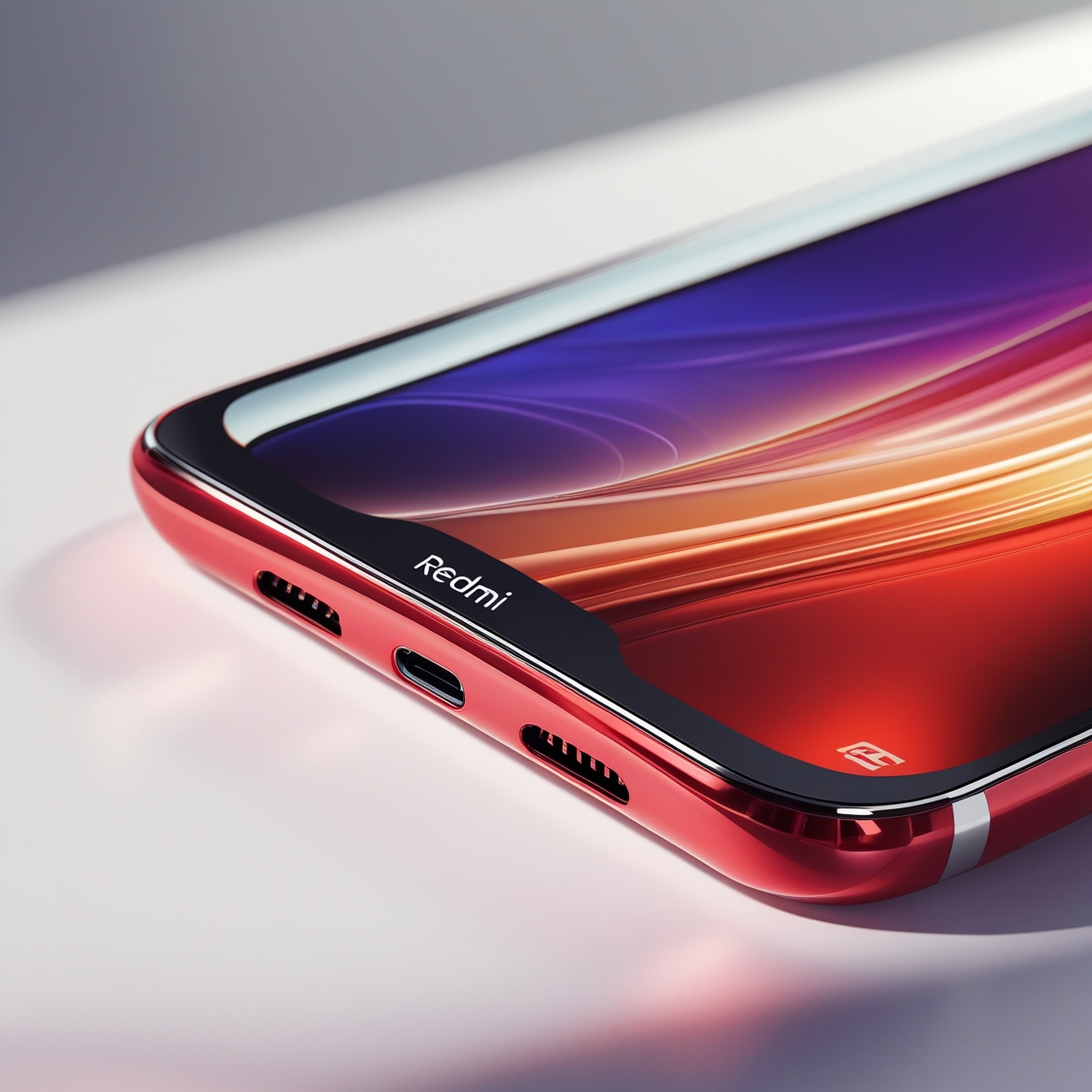
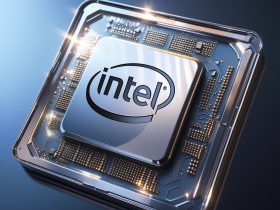





Leave a Reply